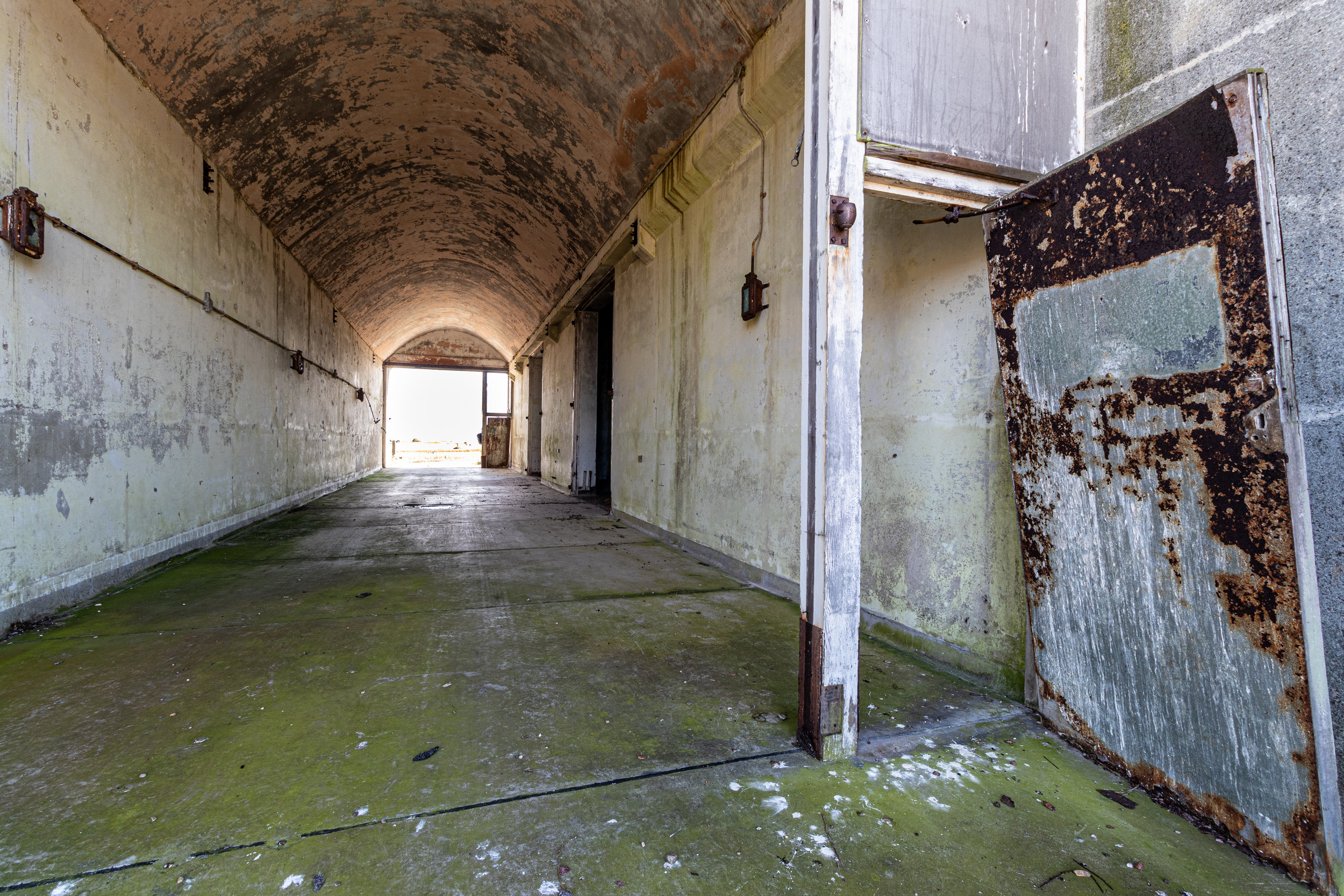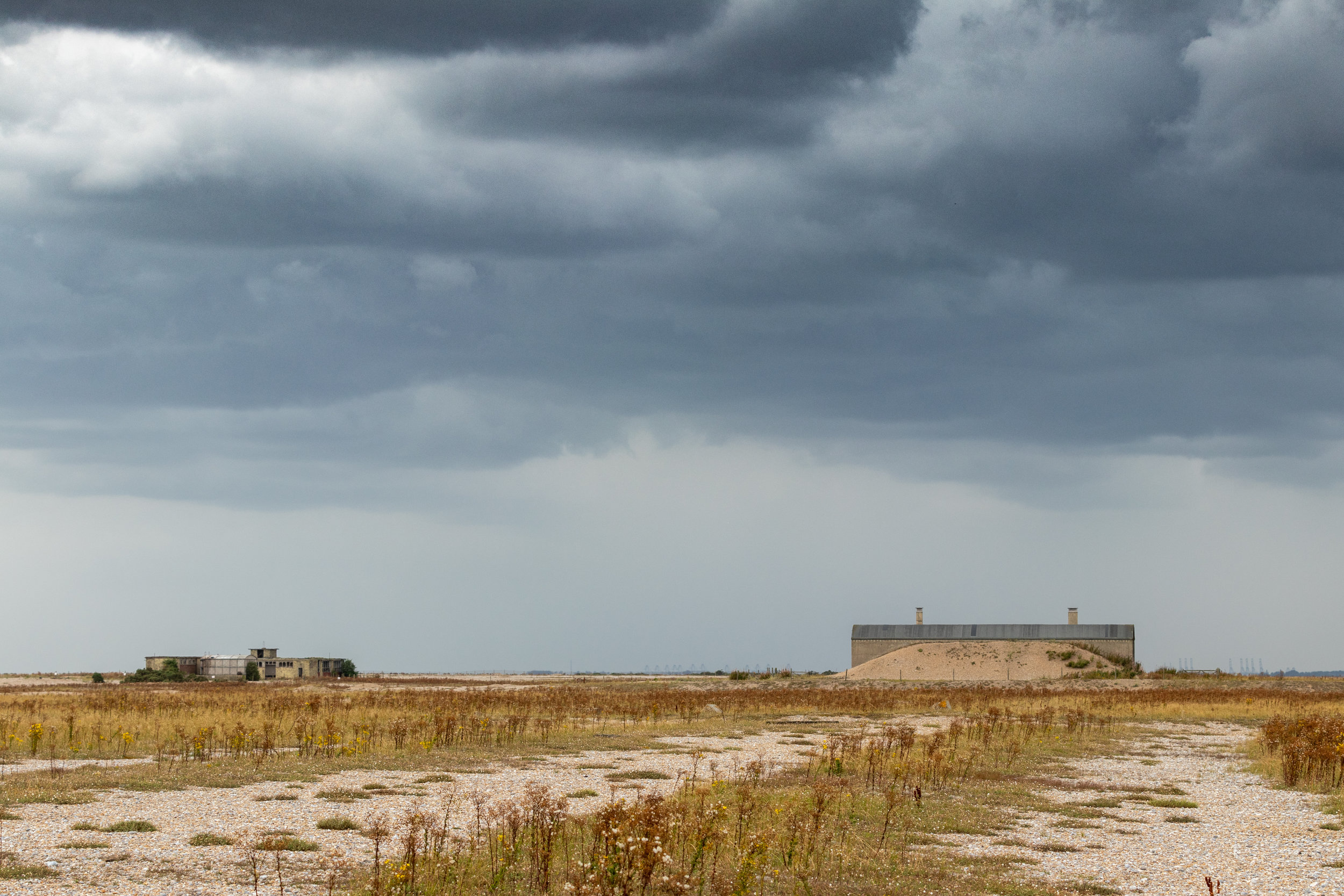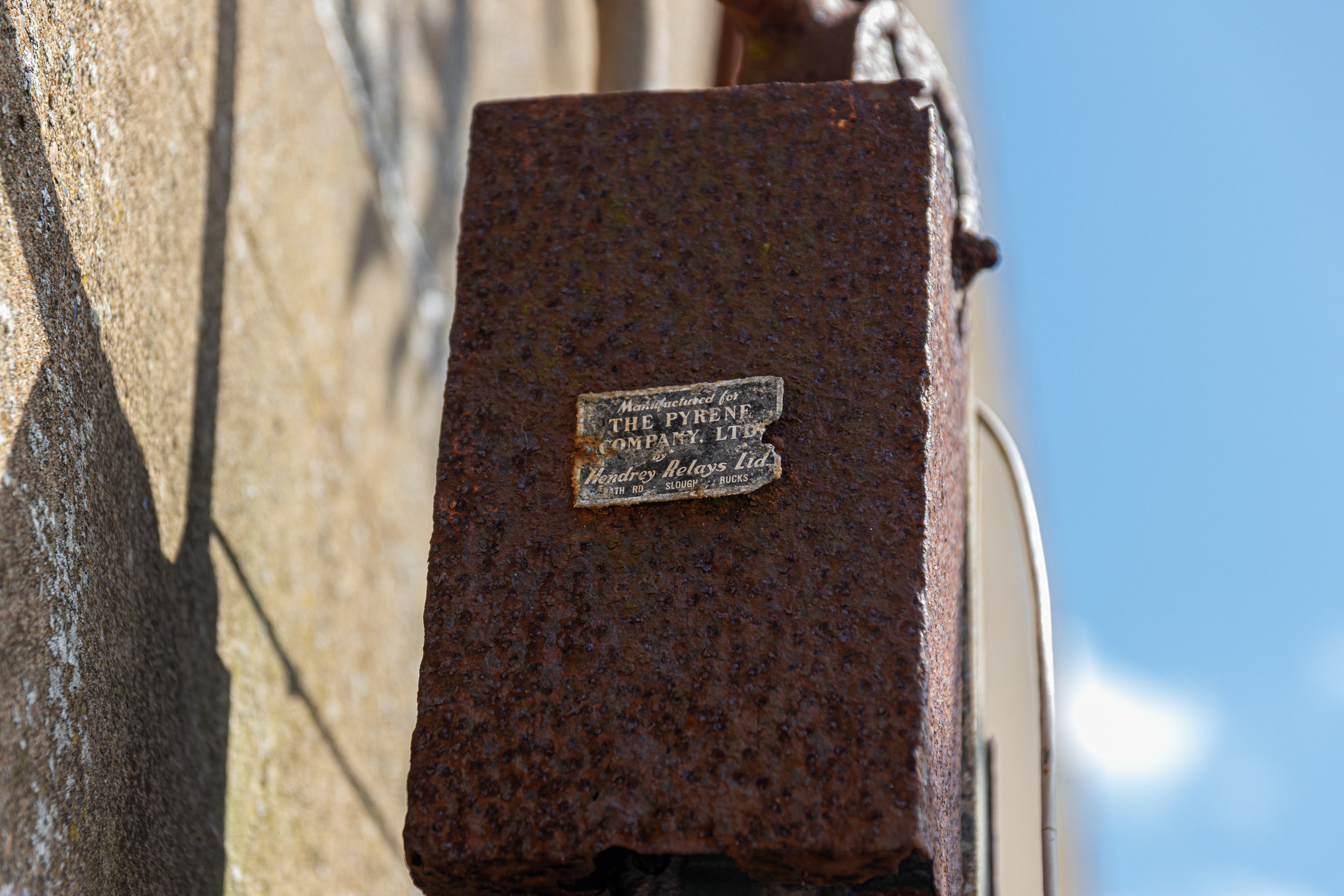Orford Ness - Top Secret Nuclear Test Site
Orford Ness is a cuspate foreland shingle spit on the coast of Suffolk. In 1913 the War Department bought large sections of Orford Ness to develop into two airfields. This was the start of a 70-year period of secret military experimentation and innovation.
The focus in the early days of the site was working on how to develop the aeroplane into a viable weapon. As part of this work, the bombing range became established as the foremost ballistics testing facility in the country. Other work included experimental radio beacons, the development of IFF protocols, and possibly most important, work on radar; this involved not just getting it to work, but rather the best way to deploy radar to detect incoming enemy aircraft. Both Germany and the US had independently implemented radar in a number of weapons systems, but it was the vision of Watson-Watt to envision the Chain Home system that made the British radar defence so effective. Evidence of the work done here includes the Bomb Ballistics building, and the Black Beacon; this looks like a disused windmill but was in fact to house an experimental rotating loop navigation beacon.
Between 1938 and 1959 firing trials were concentrated in the northern airfield, and were mainly concerned with determining the vulnerability of aircraft and aircraft components to attack by various projectiles. Whole aircraft or individual parts were subjected to carefully controlled and recorded simulations of attack. One of the results of this work was the fitment of cannon armament to British fighter aircraft in place of, or as a supplement to, the machine guns fitted at the start of WWII. In addition they managed to develop the self-sealing fuel tank. In 1968 work started on the System 441A over-the-horizon radar project, code-named 'Cobra Mist'. The aerial masts for this are gone, but the large shed that housed the electronics is still visible. Now in private hands, it does not form part fo the tour of the Ness; the building is used by the BBC World Service and a Dutch broadcaster.
The history that most fascinates me however come from when the AWRE moved on site, and created purpose-built facilities for testing the components of nuclear weapons. Initial work on the atomic bomb concentrated on recording the flight of the weapon and telemetry during flight, but much of the work involved environmental testing (vibration, extreme temperatures, g-force). The six large test cells and most of the other buildings on the shingle around them were built between 1953 and 1966. These tests were designed to mimic the conditions to which a weapon might be subjected whilst being delivered to its target. Although no nuclear material was said to be involved, the high explosive initiator was present and a test failure could have resulted in a catastrophic explosion. For this reason the tests were controlled remotely and the huge labs were designed to absorb and dissipate an explosion in the event of an accident. The most obvious of these are the two so-called “pagoda” buildings. It is interesting that, during our visit, we were allowed no closer than +/-100m from the pagoda buildings. Although they do look rather dilapidated from a distance, this seemed rather like overkill from a safety point of view, which made me think there might be more danger involved from getting close other than a building collapse……. The work done from the time of the pagodas is still largely secret, and much mystery still surrounds it. There are a number of structures on site where there is no clear idea of what function they actually performed.
The AWRE ceased work on the site in 1971. From the 1970s the Ness was home to RAF Explosive Ordnance Disposal (EOD), who destroyed large quantities of munitions on the Ness. The last service personnel to be based on site left in 1987; scrap dealers then went on site and removed large quantities of material, and the site has unfortunately been visited by vandals. In 1993 the Ministry of Defence sold Orford Ness to the National Trust. The Ness remains officially closed to the public, with access controlled by The Trust.
Having visited the site and now having some idea of its history, I would say that anyone who goes there without a qualified guide is taking their life into their own hands. There’s all sorts of potential nasties on the site, including no doubt significant quantities of unexploded ordnance still buried below the surface. It’s a fascinating place - just make sure you go on an official organised visit.
Please note that none of these photographs are for sale - when visiting, one has to sign an agreement not to use any photographs commercially. If you particularly want to use any of these images, I would have to contact the National Trust for their permission. Also note these are big, high resolution JPEG images, so please allow a few seconds for them to load if you have a slow Internet connection.










































































